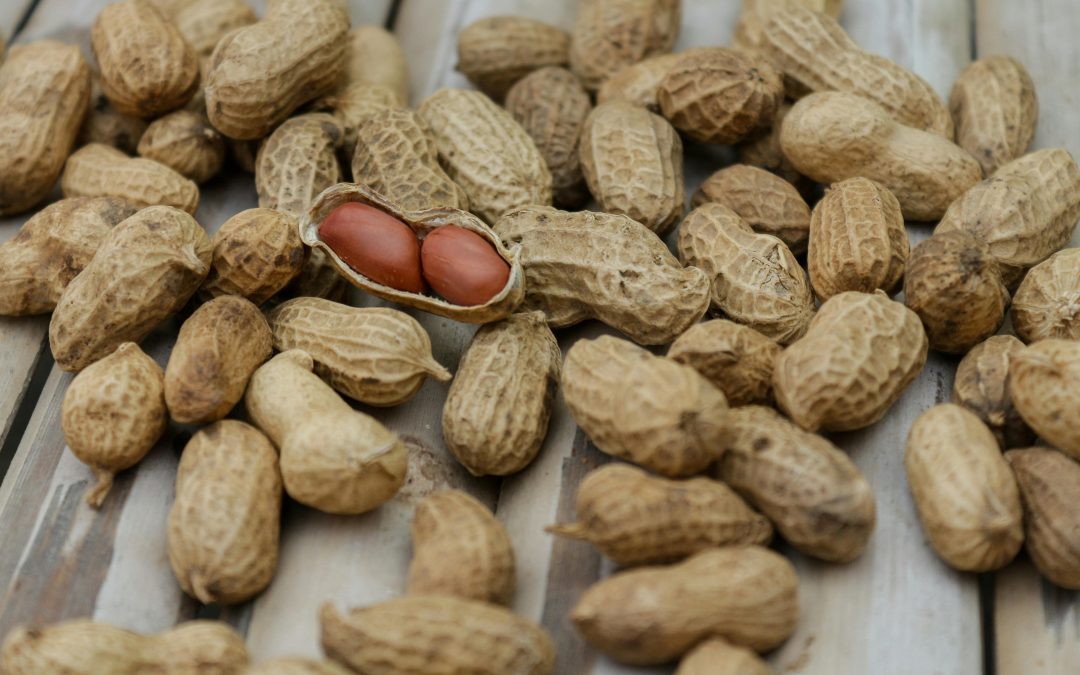Welcome to Hen House Publishing, your one-stop solution for bringing words to life. Whether you’re looking to craft compelling content for your business, weave an enchanting tale, refine your manuscript, or elevate your page aesthetics, we’ve got you covered. From tailored content writing and meticulous editing to stunning page design, comprehensive manuscript critiques, and seamless assisted publishing, our services ensure your stories aren’t just told—but celebrated. Dive into our diverse offerings, and let’s craft something unforgettable together.
Our Next Roost
Hens Lay Eggs

Do the math.
Once again, I came across what looked to be an appealing gig for a fiction ghostwriter: writing serialized romance (https://freelancewritinggigs.com/job/freelance-prose-writer-romance-fiction/#gsc.tab=0). This would make any ghostwriter with a penchant for the romance genre salivate. Of course, this particular ghostwriter has long since learned to do what doesn’t come naturally to many word nerds: calculate the numbers.
So, I’ll do it for you.
The average writing speed is 3:20 to draft, self-edit, revise, and polish. That’s the average. You may be faster or slower at producing good content.
Each chapter should be about 1,200 words, so that each chapter should take nearly 4 hours to complete. The requirement is to produce a minimum of 10 chapters a week which makes for 12,000 words of good content per week. At least you don’t have to develop the plot or characters: the company provides you with a plot outline. Regardless, you’ll be spending an estimated 39:40 for a week’s worth of work. That’s full-time employment without benefits.
With each completed and accepted chapter, the company will pay you $15-$20. Let’s be optimistic and say you get paid the full $20 per chapter. That full-time employment—miscategorized as freelance—will net you $200 a week. Your hourly wage: $5.07.
That gig doesn’t sound so appealing now, does it?
The Editorial Freelancers Association shows an average per-word fee of $0.09-$0.11 for fiction ghostwriting. At that rate, you’d earn a median fee of $10,800-$13,200 for a 120,000-word manuscript of 100 chapters (serials tend to run long) averaging 1,200 words each. But let’s be a little more reasonable as to manuscript length for the genre and figure 75,000 words: $6,750-$8,250 at the EFA average range.
If you do a bit of research into ghostwriting, you’ll soon learn that the EFA average is actually on the low side. High-powered, in-demand ghostwriters of fiction may earn $0.50-$1 per word. That makes this company’s paltry per-word rate of $0.016 even more insulting.
If you don’t hold your time and skill to a higher standard, then you undercut your colleagues and justify undervaluing yourself and your craft.
You’re not an elephant; don’t work for peanuts.

